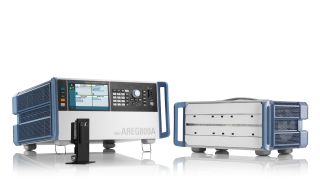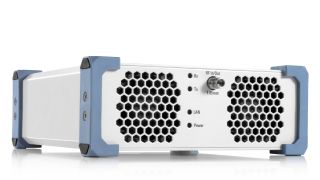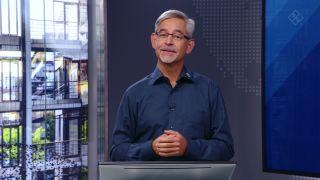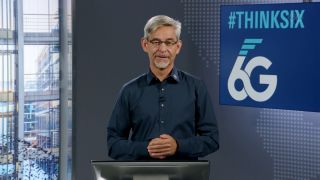Integrated sensing and communication (ISAC)
Communication and radar applications (e.g. in the automotive sector) have been studied, developed and commercialized separately in the networks used today. Integrated sensing and communication (ISAC), also known as joint (or integrated) communication and sensing (JCAS/ICAS), combines radar sensor data with associated communication data and is one of the numerous topics in the field of future communication systems such as 6G being investigated within various projects worldwide.
Wireless sensing technologies aim to acquire information about a remote object or environment and its characteristics without physically contacting it. Integrated sensing and communication (ISAC) is thus based on the requirements of 6G for environmental sensing and has emerged as an important technology candidate in the mobile industry.
Achievements in this field could enhance existing applications, for instance in the automotive industry, or create new use cases in data communication and environmental sensing (e.g. for surveillance, ehealth, industrial or drone applications).
ISAC increases efficiency overall as communication and sensors utilize the same spectrum and signals are transmitted and received by the same hardware. The same spectrum and signals can therefore be used for both purposes. This in turn leads to opportunities and challenges from a testing perspective.
Rohde & Schwarz actively participates in this research and leverages its expertise in testing and measurement for both communication and radar/sensing domains.











